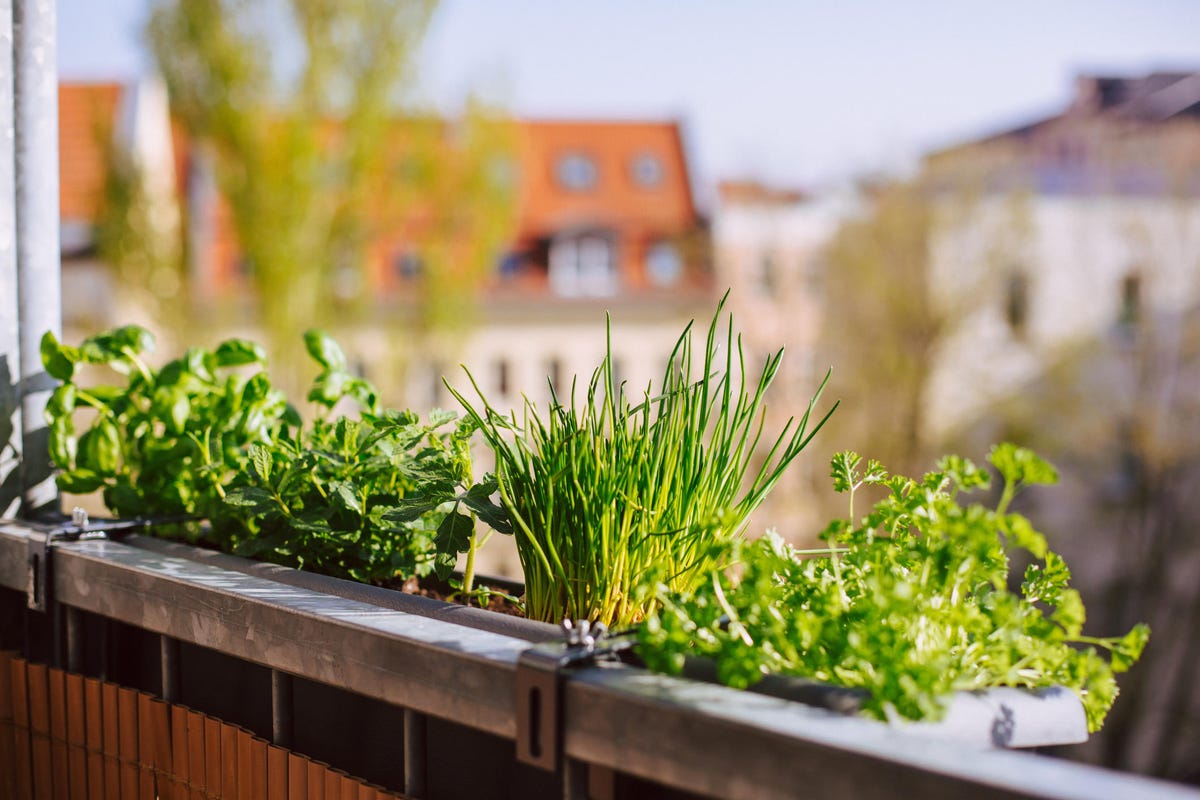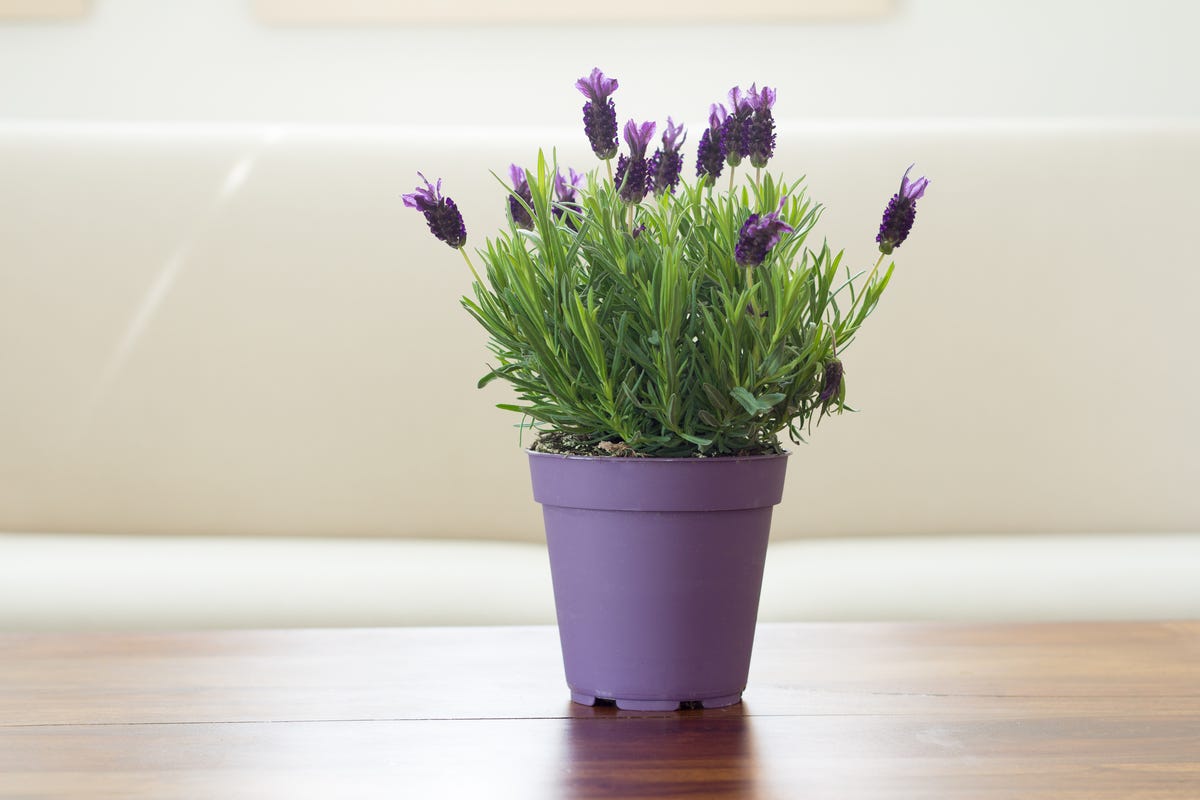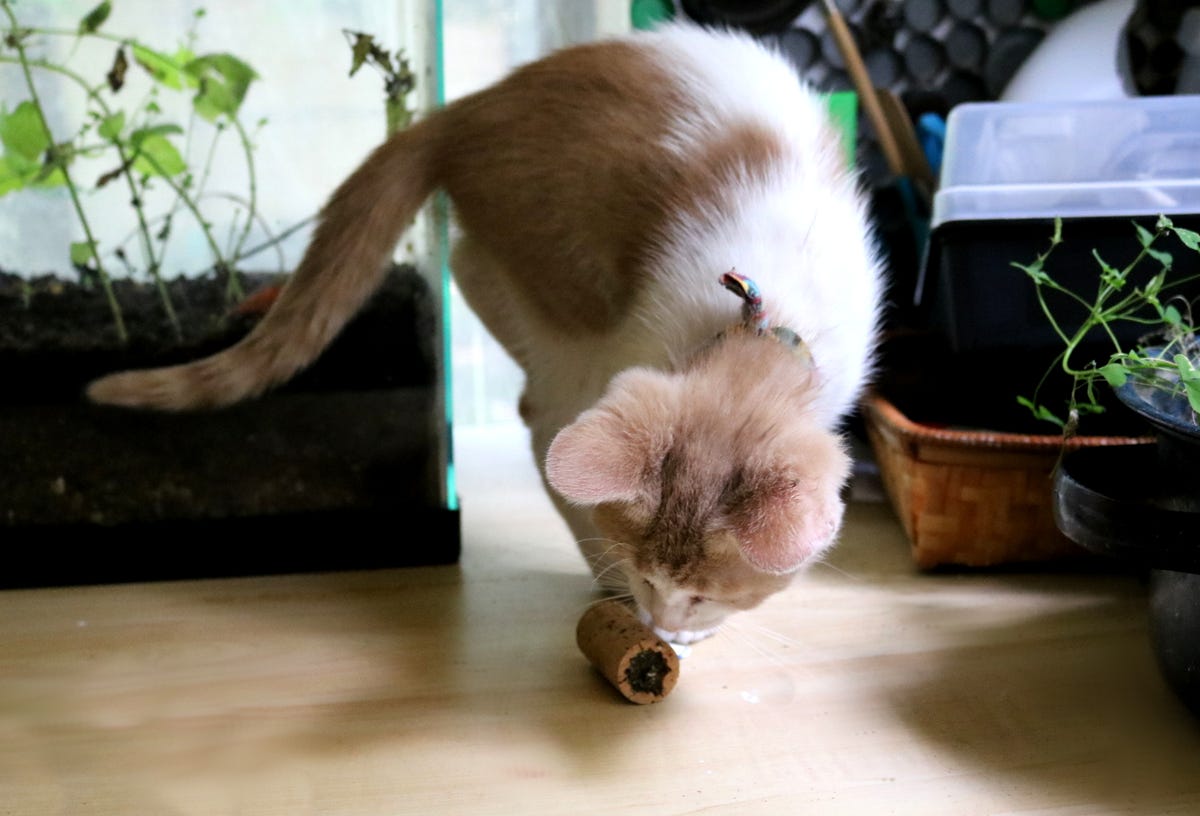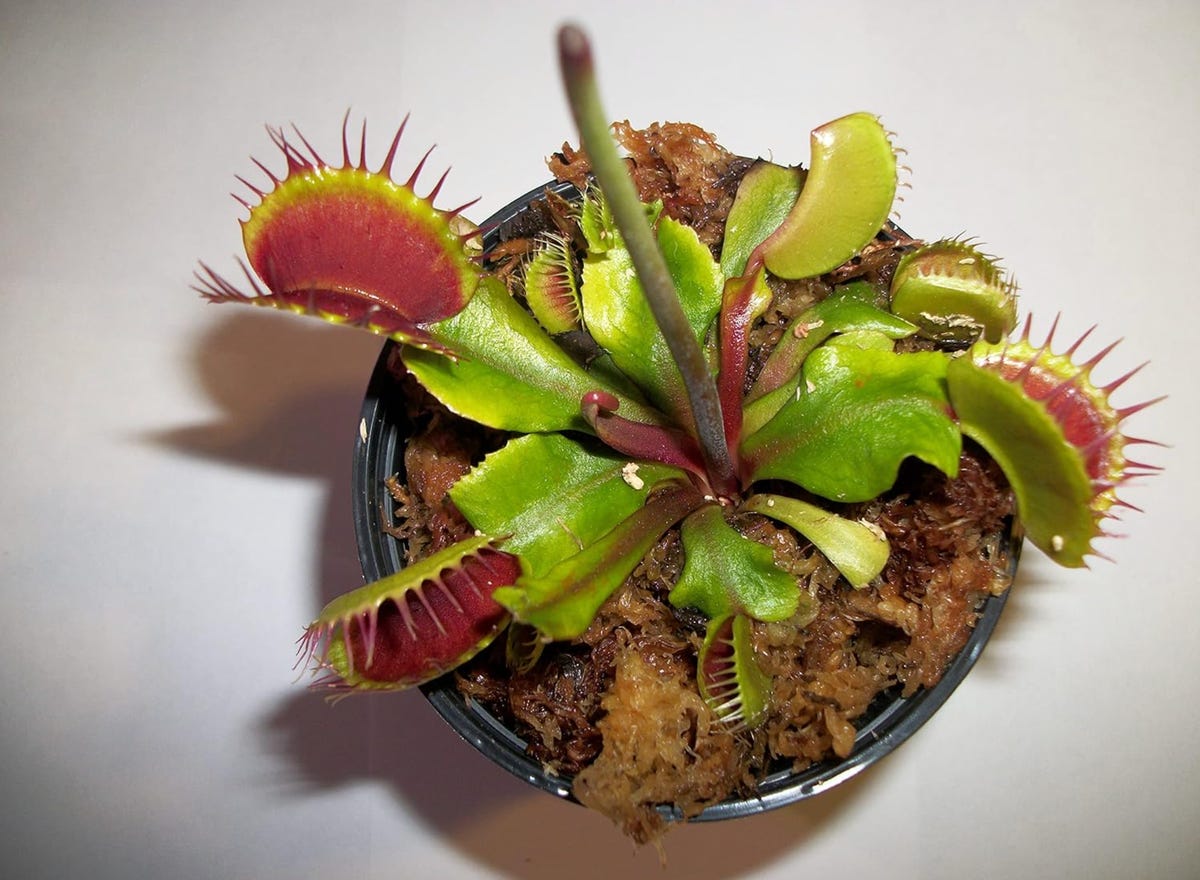6 Houseplants That Stop Insects From Invading
Nothing bugs me more than finding fruit flies in my wine, beetles in my flour or ants in a bowl of fresh produce. A thriving kitchen can attract armies of insects, particularly during warmer months, that enjoy our food and drinks just as much as we do.
Exterminators are expensive and bug sprays are often laced with harmful chemicals that are worse for you than a few creepy crawlers. Since there’s no single surefire way to prevent pests from making unwanted appearances in our eating spaces, employing a range of tactics will help slow down insects from taking over.
There’s one simple and inexpensive method to keep bugs at bay that you may not have considered: houseplants.
Not only do the essential oils and chemical compounds of certain flowers, herbs and other houseplants deter creatures from lingering around for long, but some can quite literally kill these six- and sometimes eight-legged creatures. Plus, plants look and smell lovely, adding instant ambiance to any room you put them in.
Below you’ll find a few of the most popular plants to deter bugs from your home and kitchen. For more, see how to keep plants alive for longer and peruse our list of the best places to buy indoor plants online.
Herbs

Herbs can do double duty as flavor-enhancers and bug-deterrent.
Potent herbs like basil, mint, sage and rosemary are great for topping spaghetti or making mojitos, but their scent stops insects like house and fruit flies from coming near. Consider lining a sunny kitchen window with a few of your favorite food and drink garnishes. Not only will the bugs stay away, but you’ll enjoy the benefits of fresh herbs year-round and without the hefty price tags found in most supermarkets.
Pro tip: Lemongrass contains citronella oil, which is often used in candles and sprays to repel mosquitos!
Marigolds

Marigolds send of a potent scent that not all critters enjoy.
The yellow- and orange-hued flower is so much more than a pretty accent to an oversized pot or home garden — it’s a gnat- and midge-fighting beast that emits a distinct and powerful odor that sends critters scurrying. But perhaps best of all, marigolds are an easy plant to grow within your home since they require little maintenance and grow quickly.
Lavender

Lavender is soothing for us humans, but not so much for certain insects.
Lavender boasts calming properties that help us drift to sleep at night, but it has the opposite effect on insects like moths and beetles. Snip a few purple stems and incorporate them into an elegant flower bouquet to ward off any unwelcome visitors.
Catnip

Your feline friend may experience an immediate sense of euphoria when exposed to catnip, but roaches and mosquitoes have quite the opposite reaction. According to scientists, the plant contains an active component that triggers the chemical receptor in insects that causes pain and itchiness. Like humans, when insects feel the slightest bit of discomfort, they tend to retreat and not return to the source of suffering.
Chrysanthemums

Try some chrysanthemum to slow common kitchen insects down.
This popular flower is an insect’s worst enemy. In fact, a chrysanthemum’s hit list is extensive and includes roaches, ants, silverfish, lice, bed bugs and mites. Keep these away from your pets, though, as they can be quite toxic when ingested.
Carnivorous plants

The Venus flytrap is the most famous bug eliminator in the plant kingdom.
Lean into the obvious choice and opt for the always entertaining carnivorous plant. Typically, these hungry wonders, like the Venus flytrap, lure in unsuspecting prey with a scent that mirrors delicious fruits and flowers. Once its hair-like lobes, otherwise known as trichomes, are activated, its leaves snap shut and reopen 10 days after the insect has been completely digested. Of course, you’ll need a whole lot of carnivorous plants to tackle swarms, but they make great additions to target the occasional fly or two.
No matter the preference, these plants, flowers and herbs make wonderful (and natural!) additions to kitchen pest management plan. They also happen to be delicious and/or beautiful. If you’re still not convinced, consider other all-natural alternatives like coffee grounds, essential oils, banana peels, white vinegar and onions. Each has also been proven to stave off an infestation if left out on kitchen counters.

